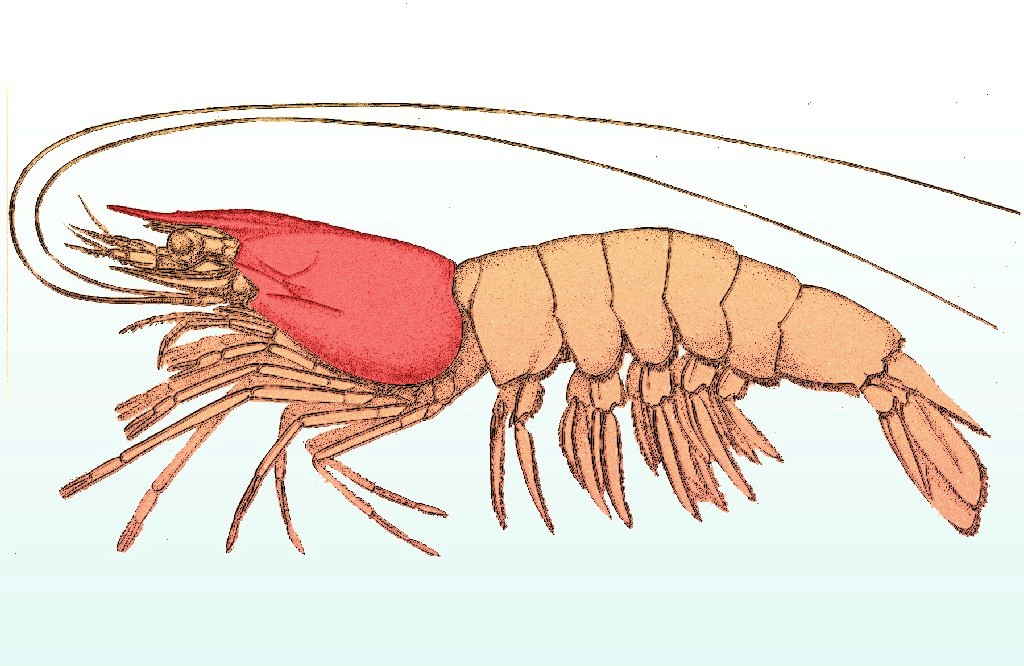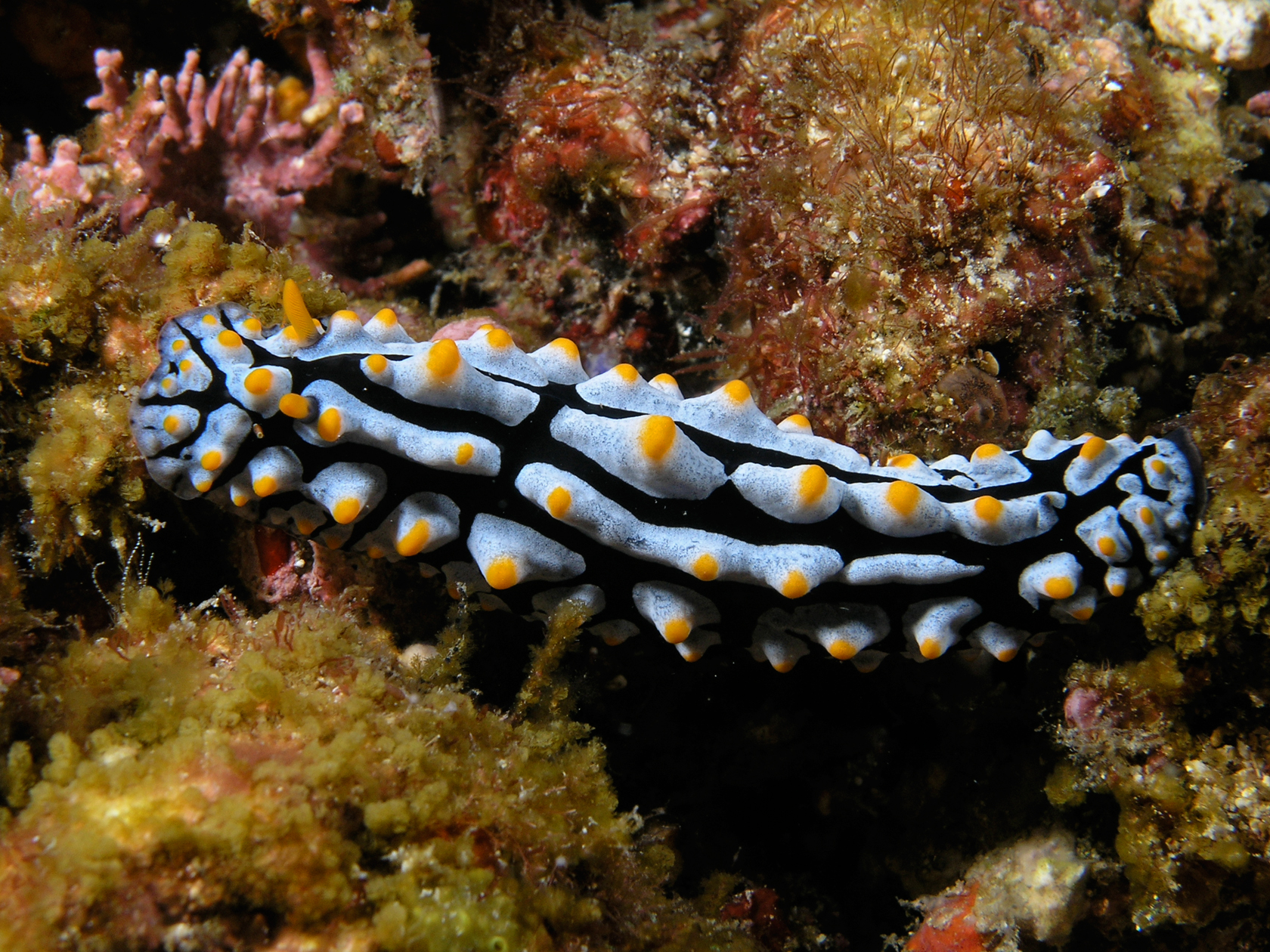|
Chaceon Crosnieri
''Chaceon crosnieri'' is a species of crab.Manning, Raymond B., and L. B. Holthuis. "Two new genera and nine new species of geryonid crabs (Crustacea, Decapoda, Geryonidae)." Proceedings of the Biological Society of Washington 102.1 (1989): 50-77. WoRMS (2021). Chaceon crosnieri R.B. Manning & Holthuis, 1989. Accessed at: http://www.marinespecies.org/aphia.php?p=taxdetails&id=442696 on 2021-03-09 ''Chaceon crosnieri'' differs from ''Chaceon affinis, C. affinis'' in that the carapace is more inflated, the outer orbital and the suborbital teeth are stronger, the subdistal tooth on the merus of the cheliped is stronger and the cheliped is smoother dorsally; the Carpal bones, carpus of the walking legs lacks dorsal spinules, and the merus of the walking legs has a strong distal dorsal spine. It differs from ''Chaceon chuni, C. chuni'' in being much larger up to , the carapace is more inflated, the gap between the first and second anterolateral tooth of the carapace is larger; the fro ... [...More Info...] [...Related Items...] OR: [Wikipedia] [Google] [Baidu] |
Animal
Animals are multicellular, eukaryotic organisms in the Kingdom (biology), biological kingdom Animalia. With few exceptions, animals Heterotroph, consume organic material, Cellular respiration#Aerobic respiration, breathe oxygen, are Motility, able to move, can Sexual reproduction, reproduce sexually, and go through an ontogenetic stage in which their body consists of a hollow sphere of Cell (biology), cells, the blastula, during Embryogenesis, embryonic development. Over 1.5 million Extant taxon, living animal species have been Species description, described—of which around 1 million are Insecta, insects—but it has been estimated there are over 7 million animal species in total. Animals range in length from to . They have Ecology, complex interactions with each other and their environments, forming intricate food webs. The scientific study of animals is known as zoology. Most living animal species are in Bilateria, a clade whose members have a Symmetry in biology#Bilate ... [...More Info...] [...Related Items...] OR: [Wikipedia] [Google] [Baidu] |
Carapace
A carapace is a dorsal (upper) section of the exoskeleton or shell in a number of animal groups, including arthropods, such as crustaceans and arachnids, as well as vertebrates, such as turtles and tortoises. In turtles and tortoises, the underside is called the plastron. Crustaceans In crustaceans, the carapace functions as a protective cover over the cephalothorax (i.e., the fused head and thorax, as distinct from the abdomen behind). Where it projects forward beyond the eyes, this projection is called a rostrum. The carapace is calcified to varying degrees in different crustaceans. Zooplankton within the phylum Crustacea also have a carapace. These include Cladocera, ostracods, and isopods, but isopods only have a developed "cephalic shield" carapace covering the head. Arachnids In arachnids, the carapace is formed by the fusion of prosomal tergites into a single plate which carries the eyes, ocularium, ozopores (a pair of openings of the scent gland of Opilione ... [...More Info...] [...Related Items...] OR: [Wikipedia] [Google] [Baidu] |
Madagascar
Madagascar (; mg, Madagasikara, ), officially the Republic of Madagascar ( mg, Repoblikan'i Madagasikara, links=no, ; french: République de Madagascar), is an island country in the Indian Ocean, approximately off the coast of East Africa across the Mozambique Channel. At Madagascar is the world's List of island countries, second-largest island country, after Indonesia. The nation is home to around 30 million inhabitants and consists of the island of Geography of Madagascar, Madagascar (the List of islands by area, fourth-largest island in the world), along with numerous smaller peripheral islands. Following the prehistoric breakup of the supercontinent Gondwana, Madagascar split from the Indian subcontinent around 90 million years ago, allowing native plants and animals to evolve in relative isolation. Consequently, Madagascar is a biodiversity hotspot; over 90% of wildlife of Madagascar, its wildlife is endemic. Human settlement of Madagascar occurred during or befo ... [...More Info...] [...Related Items...] OR: [Wikipedia] [Google] [Baidu] |
Chela (organ)
A chela ()also called a claw, nipper, or pinceris a pincer-like organ at the end of certain limbs of some arthropods. The name comes from Ancient Greek , through New Latin New Latin (also called Neo-Latin or Modern Latin) is the revival of Literary Latin used in original, scholarly, and scientific works since about 1500. Modern scholarly and technical nomenclature, such as in zoological and botanical taxonomy ... '. The plural form is chelae. Legs bearing a chela are called chelipeds. Another name is ''claw'' because most chelae are curved and have a sharp point like a claw. Chelae can be present at the tips of arthropod legs as well as their pedipalps. Chelae are distinct from spider chelicerae in that they do not contain venomous glands and cannot distribute venom. See also * Pincer (biology) * Pincer (tool) References Arthropod anatomy {{Arthropod-anatomy-stub ... [...More Info...] [...Related Items...] OR: [Wikipedia] [Google] [Baidu] |
Tubercle (anatomy)
In anatomy, a tubercle (literally 'small tuber', Latin for 'lump') is any round nodule, small eminence, or warty outgrowth found on external or internal organs of a plant or an animal. In plants A tubercle is generally a wart-like projection, but it has slightly different meaning depending on which family of plants or animals it is used to refer to. In the case of certain orchids and cacti, it denotes a round nodule, small eminence, or warty outgrowth found on the lip. They are also known as podaria (singular ''podarium''). When referring to some members of the pea family, it is used to refer to the wart-like excrescences that are found on the roots. In fungi In mycology, a tubercle is used to refer to a mass of hyphae from which a mushroom is made. In animals When it is used in relation to certain dorid nudibranchs such as '' Peltodoris nobilis'', it means the nodules on the dorsum of the animal. The tubercles in nudibranchs can present themselves in different ways: ea ... [...More Info...] [...Related Items...] OR: [Wikipedia] [Google] [Baidu] |
Chaceon Bicolor
''Chaceon bicolor'' is a species of crab.Manning, Raymond B., and L. B. Holthuis. "Two new genera and nine new species of geryonid crabs (Crustacea, Decapoda, Geryonidae)." Proceedings of the Biological Society of Washington 102.1 (1989): 50-77. ''Chaceon bicolor'' differs from all species of the genus in color pattern, with the anterior part of the body purplish rather than reddish. In addition to color pattern, ''C. bicolor'' also differs from '' C. granulatus'' in having compressed rather than depressed dactyli on the walking legs; also, the hepatic region of the carapace A carapace is a Dorsum (biology), dorsal (upper) section of the exoskeleton or shell in a number of animal groups, including arthropods, such as crustaceans and arachnids, as well as vertebrates, such as turtles and tortoises. In turtles and tor ... in ''C. granulatus'' is coarsely granular, whereas it is smooth in ''C. bicolor''. Juvenile specimens differ from adults in many features: the teeth of the ca ... [...More Info...] [...Related Items...] OR: [Wikipedia] [Google] [Baidu] |
Chaceon Chuni
''Chaceon'' is a crab genus in the family Geryonidae. Species * ''Chaceon affinis'' (A. Milne-Edwards & Bouvier, 1894) * ''Chaceon albus'' Davie, Ng & Dawson, 2007 * ''Chaceon alcocki'' Ghosh & Manning, 1993 * ''Chaceon atopus'' Manning & Holthuis, 1989 * ''Chaceon australis'' Manning, 1993 * ''Chaceon bicolor'' Manning & Holthuis, 1989 * ''Chaceon chilensis'' Chirino-Gálvez & Manning, 1989 * '' Chaceon chuni'' (Macpherson, 1983) * ''Chaceon collettei'' Manning, 1992 * '' Chaceon crosnieri'' Manning & Holthuis, 1989 * ''Chaceon eldorado'' Manning & Holthuis, 1989 * ''Chaceon erytheiae'' (Macpherson, 1984) * ''Chaceon fenneri'' (Manning & Holthuis, 1984) * ''Chaceon gordonae'' (Ingle, 1985) * ''Chaceon goreni'' Galil & Manning, 2001 * ''Chaceon granulatus'' (Sakai, 1978) * ''Chaceon imperialis'' Manning, 1992 * ''Chaceon inghami'' (Manning & Holthuis, 1986) * ''Chaceon inglei'' Manning & Holthuis, 1989 * ''Chaceon karubar'' Manning, 1993 * ''Chaceon macphersoni'' (Manning & Hol ... [...More Info...] [...Related Items...] OR: [Wikipedia] [Google] [Baidu] |
Carpal Bones
The carpal bones are the eight small bones that make up the wrist (or carpus) that connects the hand to the forearm. The term "carpus" is derived from the Latin carpus and the Greek καρπός (karpós), meaning "wrist". In human anatomy, the main role of the wrist is to facilitate effective positioning of the hand and powerful use of the extensors and flexors of the forearm, and the mobility of individual carpal bones increase the freedom of movements at the wrist.Kingston 2000, pp 126-127 In tetrapods, the carpus is the sole cluster of bones in the wrist between the radius and ulna and the metacarpus. The bones of the carpus do not belong to individual fingers (or toes in quadrupeds), whereas those of the metacarpus do. The corresponding part of the foot is the tarsus. The carpal bones allow the wrist to move and rotate vertically. Structure Bones The eight carpal bones may be conceptually organized as either two transverse rows, or three longitudinal columns. Wh ... [...More Info...] [...Related Items...] OR: [Wikipedia] [Google] [Baidu] |
Cheliped
A chela ()also called a claw, nipper, or pinceris a pincer-like organ at the end of certain limbs of some arthropods. The name comes from Ancient Greek , through New Latin New Latin (also called Neo-Latin or Modern Latin) is the revival of Literary Latin used in original, scholarly, and scientific works since about 1500. Modern scholarly and technical nomenclature, such as in zoological and botanical taxonomy ... '. The plural form is chelae. Legs bearing a chela are called chelipeds. Another name is ''claw'' because most chelae are curved and have a sharp point like a claw. Chelae can be present at the tips of arthropod legs as well as their pedipalps. Chelae are distinct from spider chelicerae in that they do not contain venomous glands and cannot distribute venom. See also * Pincer (biology) * Pincer (tool) References Arthropod anatomy {{Arthropod-anatomy-stub ... [...More Info...] [...Related Items...] OR: [Wikipedia] [Google] [Baidu] |
Chaceon Affinis
''Chaceon'' is a crab genus in the family Geryonidae. Species * '' Chaceon affinis'' (A. Milne-Edwards & Bouvier, 1894) * ''Chaceon albus'' Davie, Ng & Dawson, 2007 * ''Chaceon alcocki'' Ghosh & Manning, 1993 * ''Chaceon atopus'' Manning & Holthuis, 1989 * ''Chaceon australis'' Manning, 1993 * ''Chaceon bicolor'' Manning & Holthuis, 1989 * ''Chaceon chilensis'' Chirino-Gálvez & Manning, 1989 * '' Chaceon chuni'' (Macpherson, 1983) * '' Chaceon collettei'' Manning, 1992 * '' Chaceon crosnieri'' Manning & Holthuis, 1989 * ''Chaceon eldorado'' Manning & Holthuis, 1989 * ''Chaceon erytheiae'' (Macpherson, 1984) * '' Chaceon fenneri'' (Manning & Holthuis, 1984) * '' Chaceon gordonae'' (Ingle, 1985) * '' Chaceon goreni'' Galil & Manning, 2001 * '' Chaceon granulatus'' (Sakai, 1978) * '' Chaceon imperialis'' Manning, 1992 * '' Chaceon inghami'' (Manning & Holthuis, 1986) * '' Chaceon inglei'' Manning & Holthuis, 1989 * '' Chaceon karubar'' Manning, 1993 * '' Chaceon macphersoni'' (Ma ... [...More Info...] [...Related Items...] OR: [Wikipedia] [Google] [Baidu] |




